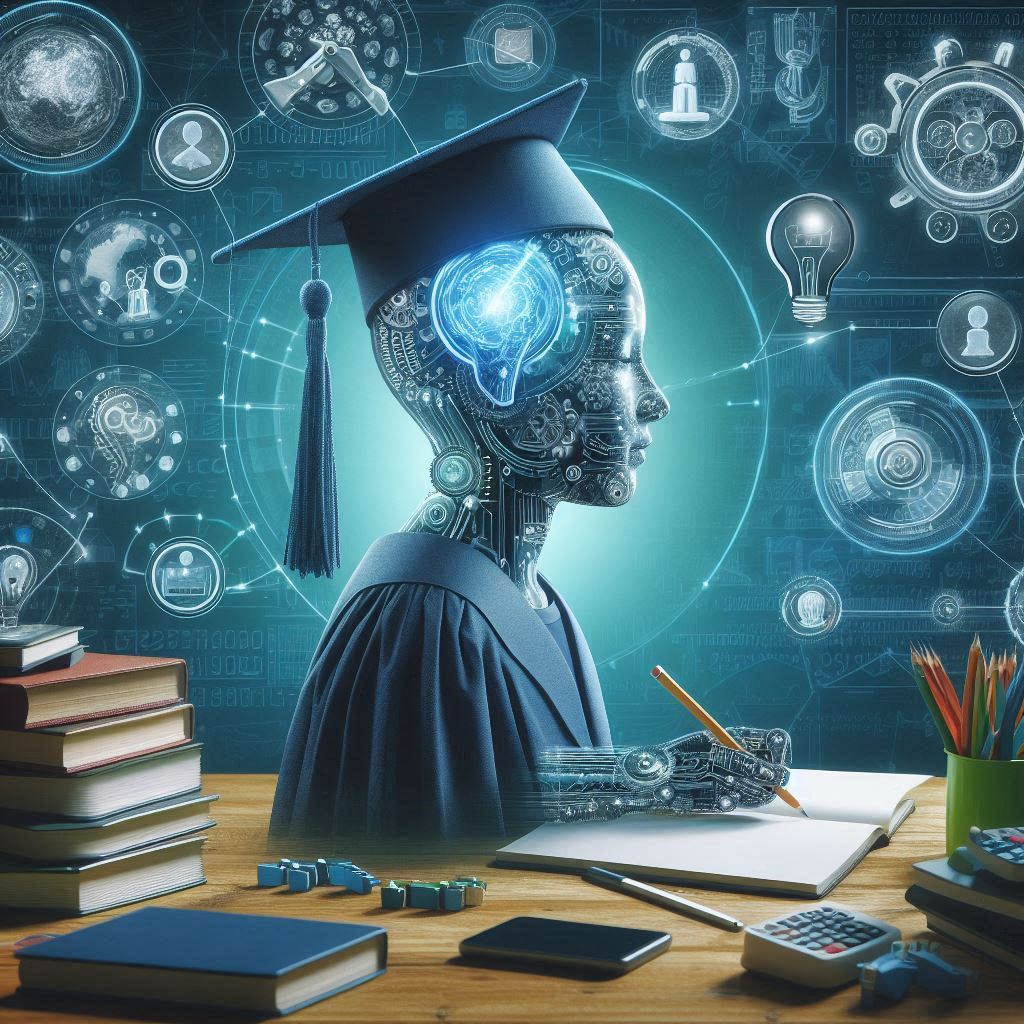The fusion of artificial intelligence (AI) with traditional instructional design will revolutionize how educators create engaging learning experiences. This integration not only personalizes education but also enhances efficiency, catering to diverse learner needs.
Strategies for Integrating AI in Instructional Design
The transformative potential of Artificial Intelligence (AI) in instructional design is reshaping how educators and learners interact with educational content. By personalizing learning, creating immersive experiences, and streamlining tasks, AI opens new doors for innovation in education.
One powerful application is the development of personalized learning paths. By analyzing individual learner data, AI ensures that each student receives a tailored experience aligned with their unique abilities and interests. For instance, AI-driven platforms can recommend additional resources to help students struggling with specific concepts, fostering more effective learning outcomes.
AI also plays a significant role in creating immersive learning environments. When combined with virtual reality (VR) and augmented reality (AR), it allows learners to engage in realistic simulations. These experiences can adapt in real time to a learner’s performance, providing immediate feedback and guidance, thereby enhancing skill acquisition in a controlled, hands-on setting.
No longer will a virtual experience be pre-programmed to provide the exact same outcome for each participant. Instead, envision a unique customized path created especially for you to gain the knowledge you require in a way that works best for you!
Best Practices for AI Integration
Successfully incorporating AI into instructional design will require thoughtful planning and implementation. Starting small is key, begin something simple such as automating routine tasks, and expand out as your comfort level with new artificial intelligence grows. Make accessibility a priority and ensure that produced content caters to those using assistive technologies.
Collaboration will need to involve educators, learners, and organizational leaders to ensure that AI initiatives align with educational goals, organizational needs, and business priorities. It is vital that your instructors receive comprehensive training, this will encourage buy-in for using new AI tools and ensure these tools are utilized effectively.
Equally critical is prioritizing data privacy by selecting AI tools that comply with regulations and implementing robust security measures to safeguard sensitive information.
Practical Applications of AI in Education
AI has already demonstrated its versatility in various educational applications. It can generate custom content, such as quizzes and interactive lessons, tailored to individual learner requirements. Additionally, AI provides real-time feedback during assessments, helping students correct mistakes and improve immediately.
Some newly created AI translation tools can make learning materials accessible to a global audience, breaking language barriers. Imagine, a new way of learning… think about AI-powered gamification creating adaptive learning games that maintain engagement by adjusting difficulty levels based on learner progress.
AI is here and quickly being integrated into everything. Traditional instructional designers will need to adapt and utilize new AI tools to reimagine how education is delivered in partnership with Artificial Intelligence.

